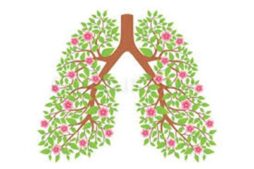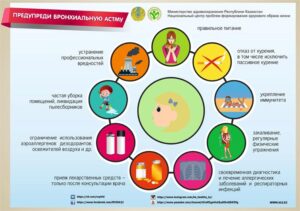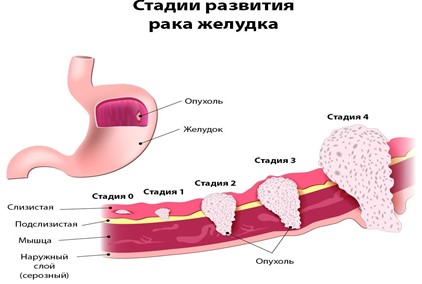
Bronchial asthma is a global health problem and is one of the most common chronic diseases. According to WHO, about 5% of the world’s adult population and 10% of children suffer from bronchial asthma. This is the most common chronic disease that develops in childhood.
According to the forecast of scientists, by 2025 the number of asthma patients will increase by 100 million people, in the second half of the century every second child will suffer from asthma. The disease can occur at any age, about half of patients develop the disease before the age of 10, and another third – before the age of 40. There are 2 times more boys than girls among children with bronchial asthma. By the age of 30, the sex ratio is leveled.
Hereditary predisposition, poor ecology, poor nutrition, frequent allergic reactions in childhood, obesity, smoking, parasitic liver diseases, dysbiosis and other diseases are of great importance in the development of bronchial asthma. Thus, natural allergens in the form of pollen, vehicle exhaust fumes, tobacco smoke, chemicals in the workplace, at home, dust mites that live in carpets, pillows, as well as pet hair can lead to irritation of the respiratory tract.





